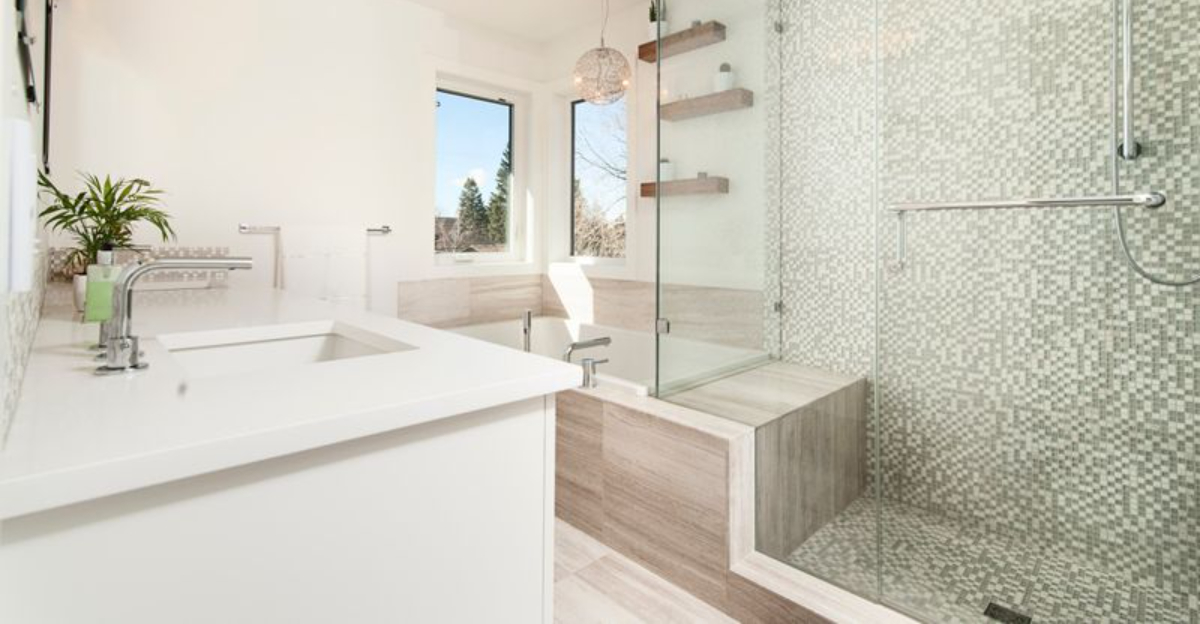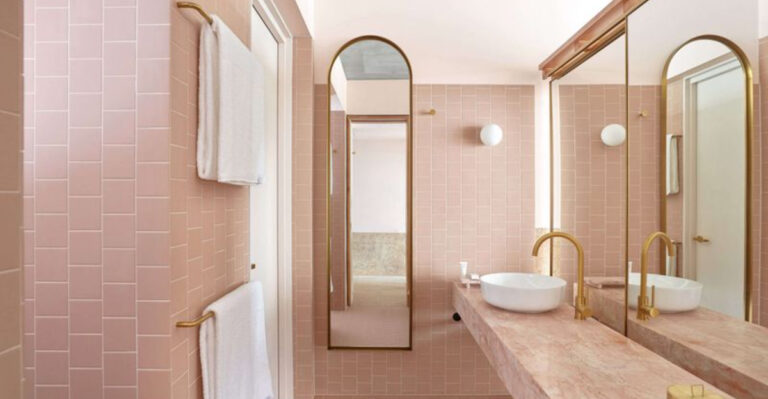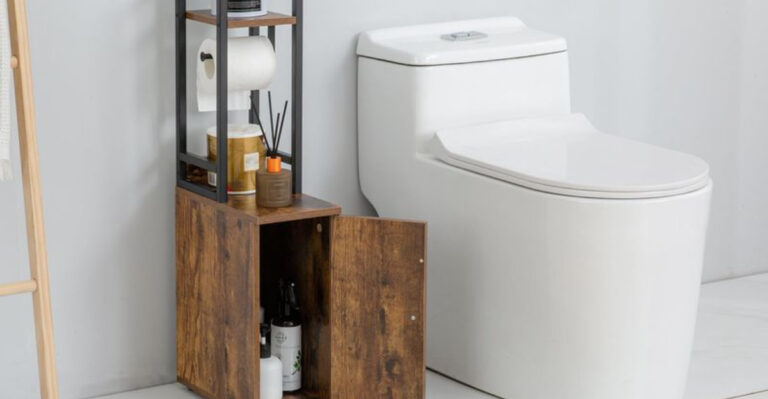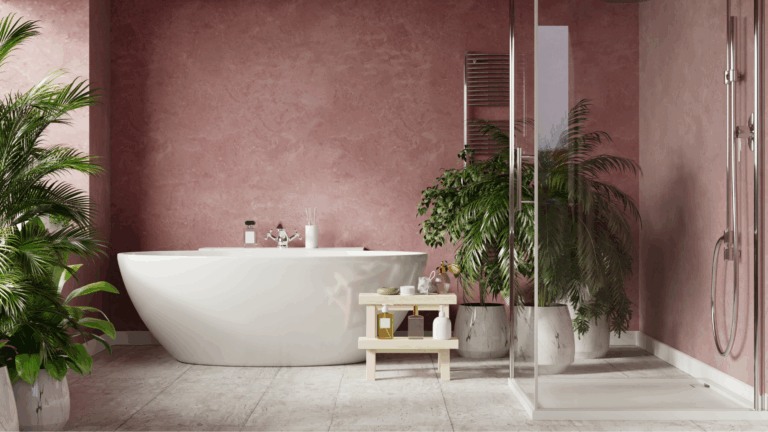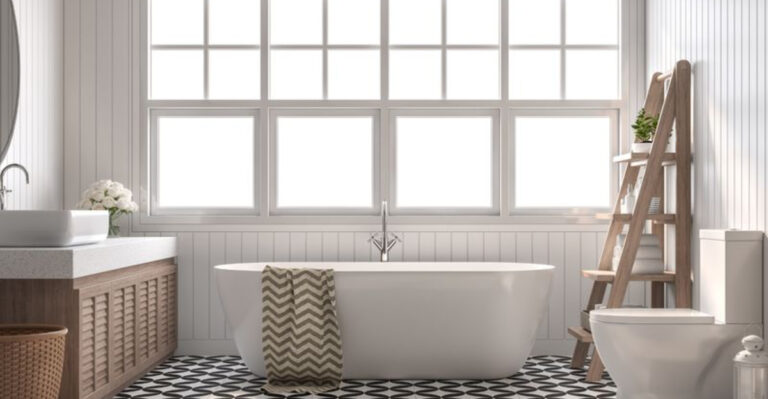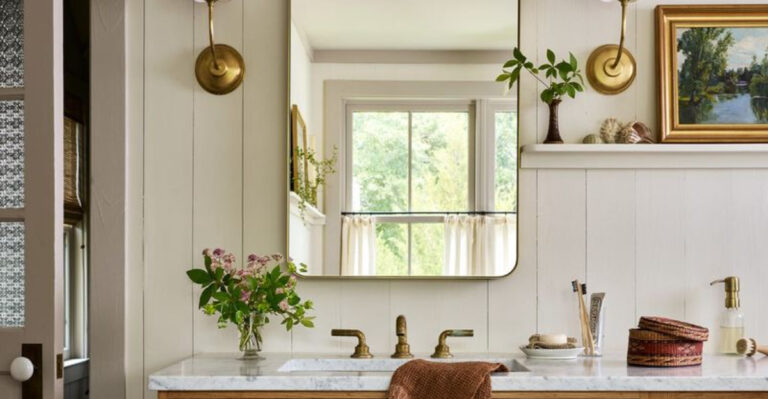15 High-Maintenance Downsides Of Owning A Shower-Tub Combo
I used to think a shower-tub combo was the smartest solution for a small bathroom, until I actually lived with one. What seemed practical at first turned into a daily hassle.
Cleaning around the fixtures feels like a never-ending battle, and don’t even get me started on slipping hazards or awkward design choices. Sure, it saves space, but at what cost? If you’ve ever cursed under your breath while scrubbing grout or nearly slipped getting out, you’re not alone.
These combos might look convenient, but there’s a reason more homeowners are rethinking them, and I’m definitely one of them.
1. Mold’s Favorite Playground
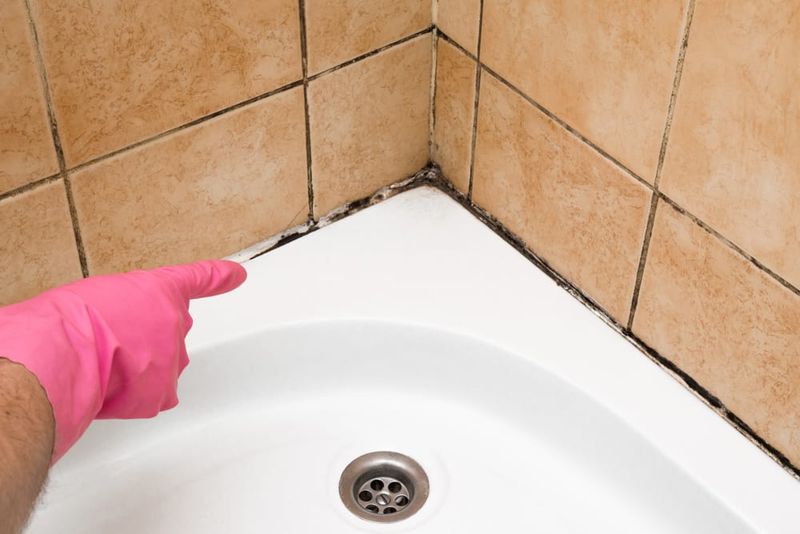
Those corners where your tub meets the wall? Pure mold paradise. The constant moisture from showering creates the perfect breeding ground for those nasty black spots that seem to reappear minutes after cleaning.
Regular scrubbing becomes part of your weekly routine, and no matter how vigilant you are, those spores find ways to survive. Even with proper ventilation, the battle against bathroom mold feels never-ending when you’re dealing with a combo unit.
2. Curtain Drama
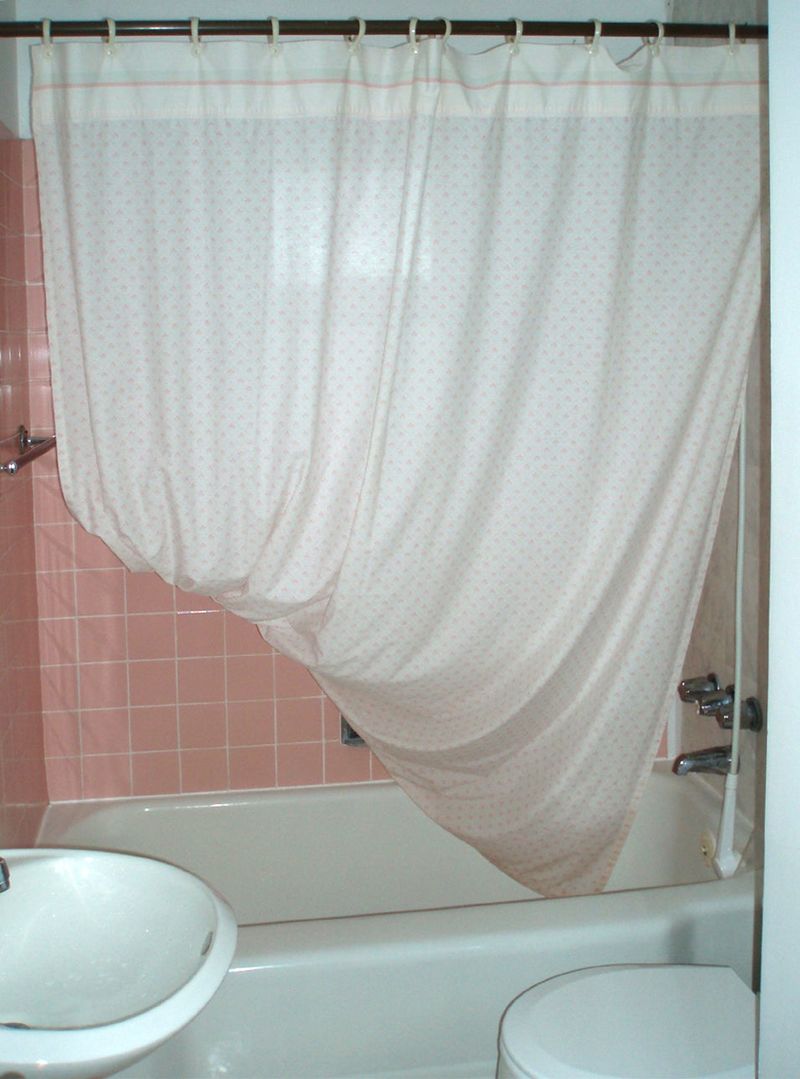
Shower curtains for combo units are basically magnets for soap scum, mildew, and that weird pink stuff nobody wants to identify. You’ll find yourself washing or replacing them far more often than you’d like.
And let’s talk about that clingy curtain experience! Nothing ruins a relaxing shower like plastic wrapping around your legs like some kind of bathroom-based horror movie. Plus, those curtain rings pop off at the most inconvenient times, usually when you’re running late.
3. The Acrobatic Entry
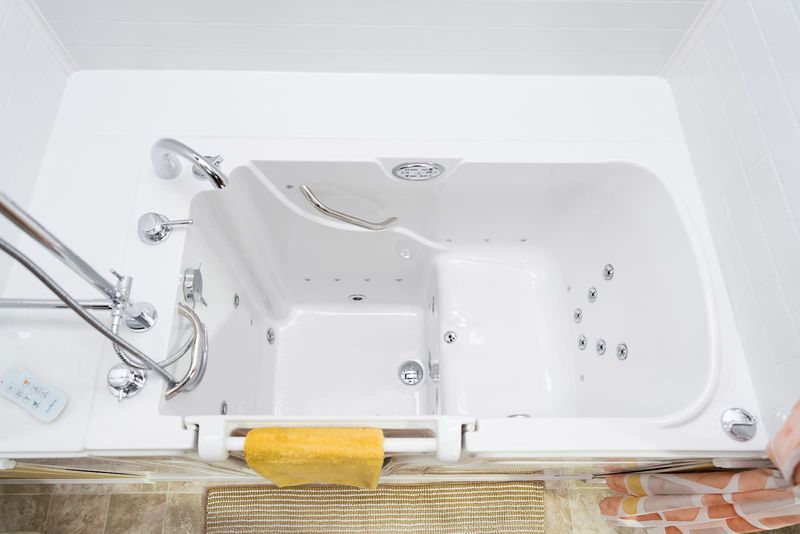
Getting in and out of a shower-tub combo requires surprising athletic ability. You must lift your leg over a high tub wall while standing on a slippery surface – what could go wrong?
For elderly folks or anyone with mobility issues, this daily hurdle turns into a genuine safety concern. Even for the spry among us, that awkward high-step maneuver feels unnecessarily risky when you’re wet and just trying to start your day without incident.
4. Cleaning Twice The Trouble
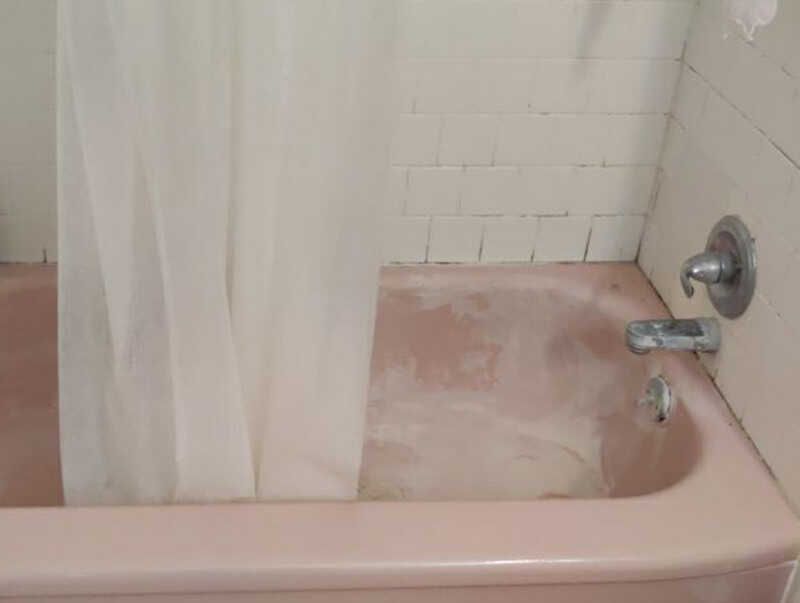
With a shower-tub combo, you’re essentially maintaining two bathroom fixtures in one space. The tub portion collects soap scum and requires its own cleaning regimen, while the shower walls develop water spots and mineral buildup.
The tracks and edges where components meet create extra nooks that trap grime. You’ll find yourself with specialized cleaners for different surfaces, scrubbing awkwardly as you lean over the tub edge to reach shower walls. No wonder bathroom cleaning day becomes something to dread!
5. Leaky Seals Everywhere
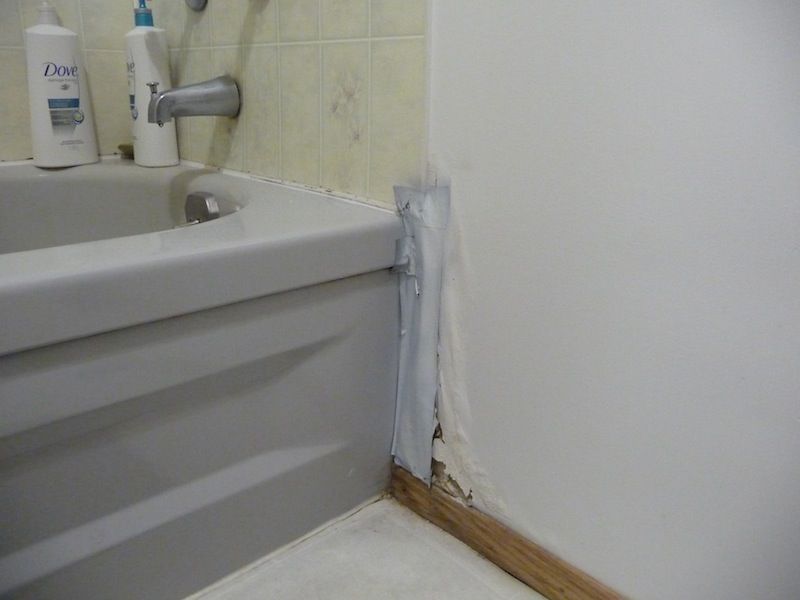
The seams where your tub meets the wall create potential leak points that can cause serious water damage over time. These seals require regular inspection and maintenance to prevent moisture from seeping behind walls.
Caulking around a combo unit needs replacing far more frequently than you’d expect. Water finds every tiny crack, potentially leading to expensive repairs if left unchecked.
That small drip you’re ignoring could be slowly destroying your subfloor or creating a mold colony behind your tiles.
6. Storage Struggles
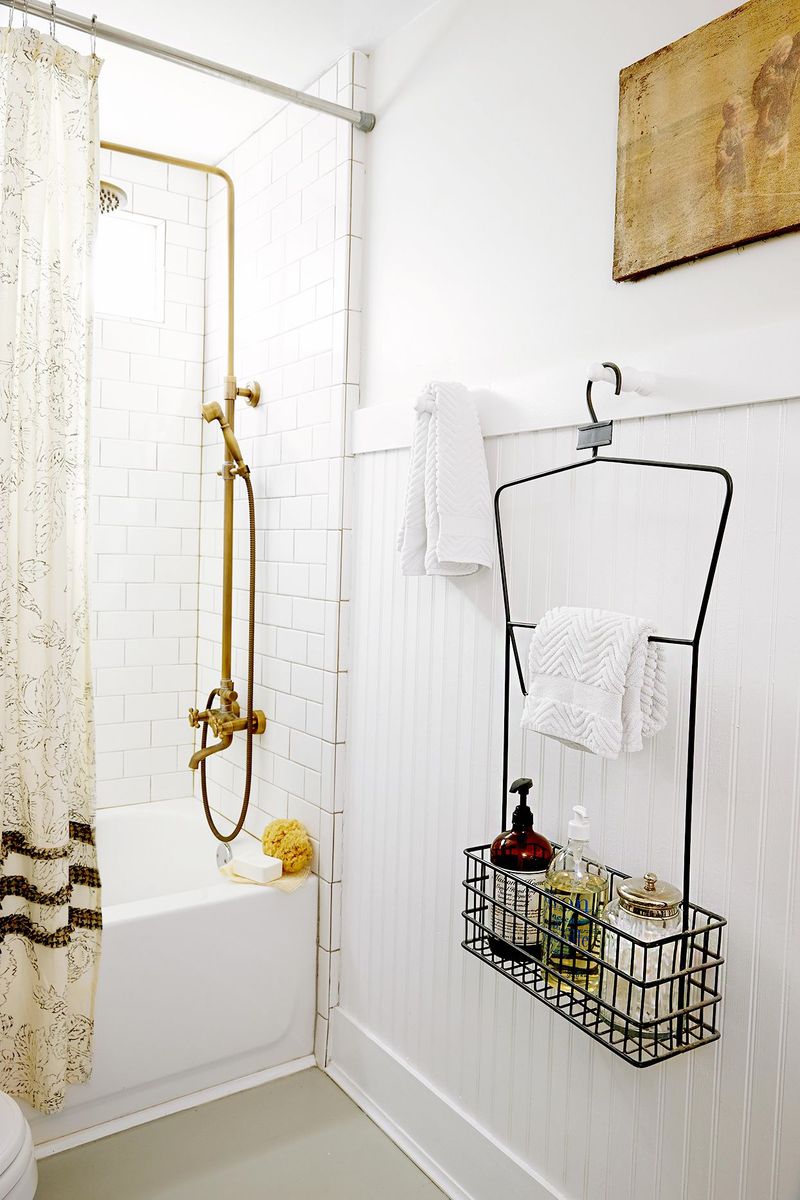
Where exactly are you supposed to put all your bath and shower products? Those tiny built-in shelves barely hold a shampoo bottle, forcing many people to add hanging caddies that rust or collect gunk.
Bottles lined up along the tub edge create trip hazards and constantly fall into the tub. The lack of proper storage space turns your shower-tub into cluttered chaos.
You’ll find yourself constantly reorganizing products that have no proper home, making your bathroom look perpetually messy.
7. The Half-Glass Solution
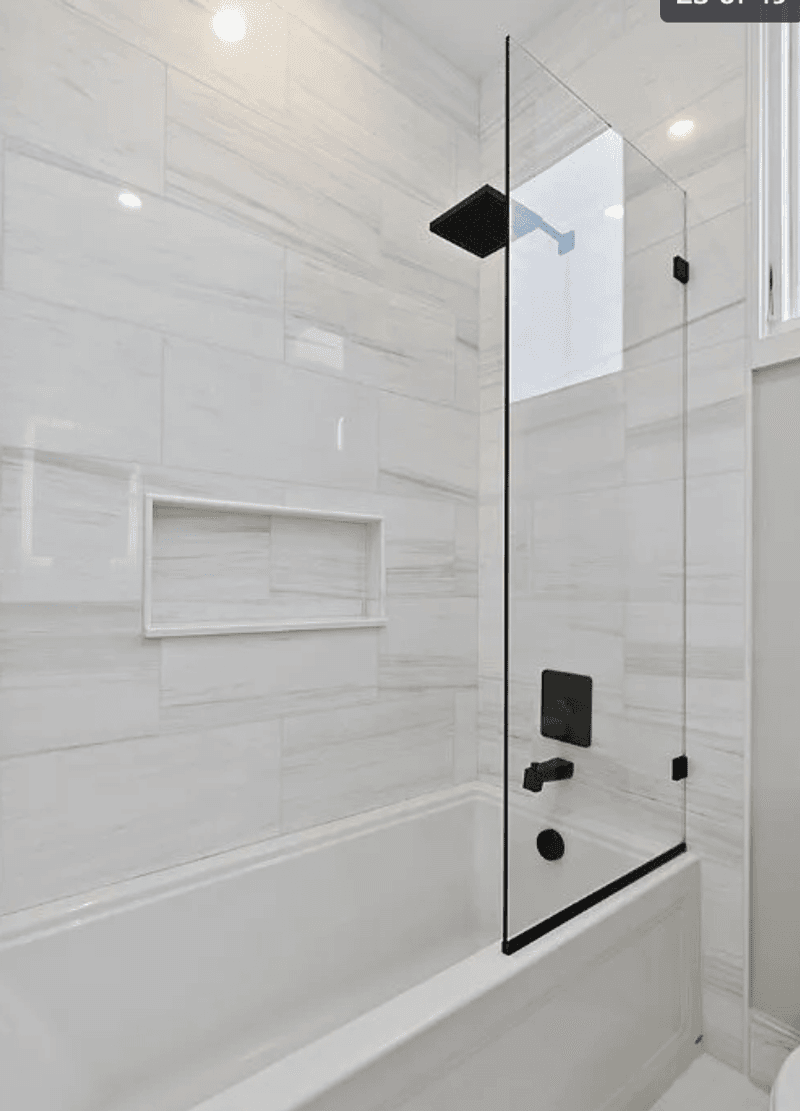
Many combo units feature those half-glass panels that are supposed to be modern alternatives to curtains. Spoiler alert: they’re useless at containing water and now you have both glass AND a curtain to clean!
Water inevitably splashes beyond that inadequate barrier, creating puddles on your bathroom floor. The glass panel collects hard water spots and soap scum just like shower doors.
You’ve essentially doubled your cleaning work while solving exactly zero problems.
8. Fixture Frustrations
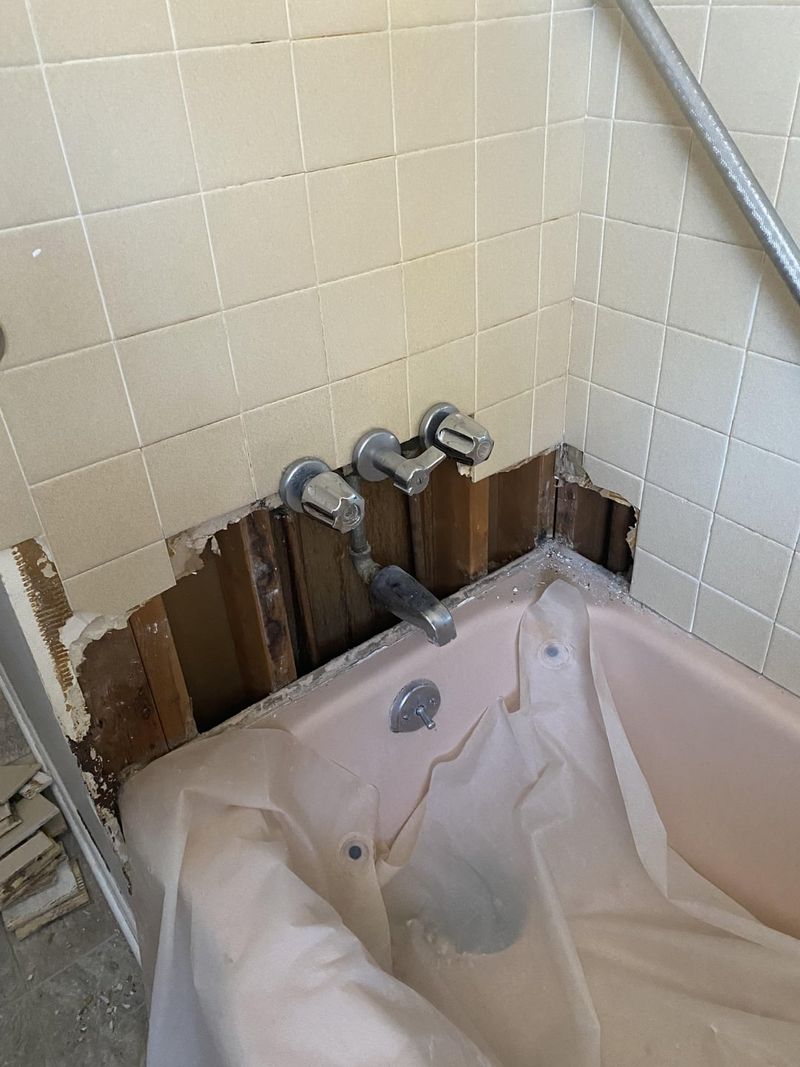
The tub spout with that pull-up diverter never seems to work properly after the first year. Water continues dribbling from the spout while you shower, wasting water and reducing shower pressure.
Replacing these fixtures often requires accessing plumbing behind walls. When the diverter fails, you’re faced with an annoying choice between a professional repair or living with the irritating drip. Plus, those combo fixtures typically offer fewer options for customizing your shower experience than dedicated shower systems.
9. Uncomfortable Compromise
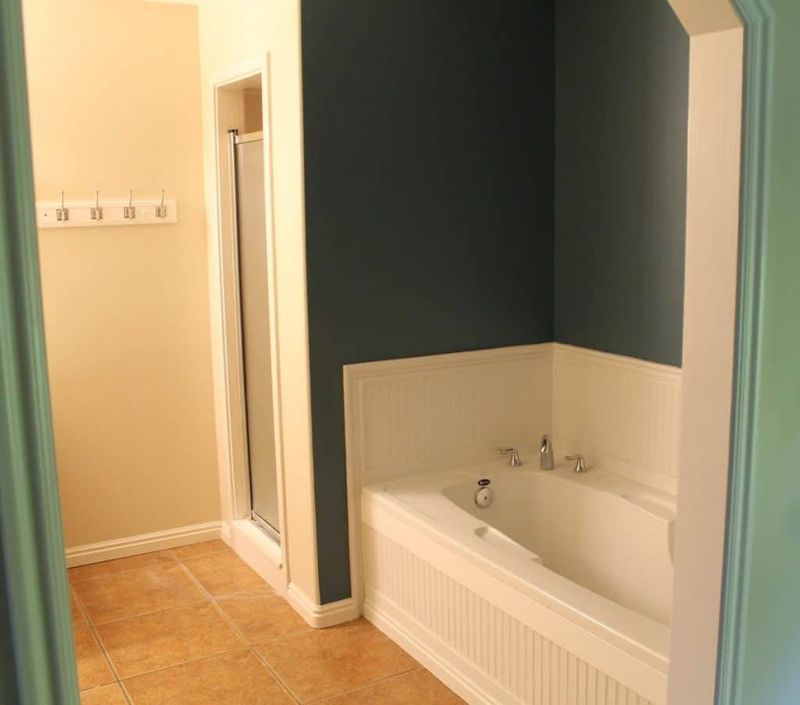
A combo unit excels at neither bathing nor showering. The tub portion is typically too shallow for a proper soak, while the shower area lacks the spaciousness of a dedicated stall.
Standing in a curved tub bottom feels unstable and reduces your shower space. The compromise design means you’re always experiencing a subpar version of either activity.
For serious bath lovers, the shallow design makes luxurious soaking impossible, while shower enthusiasts feel cramped by the tub walls.
10. Hard Water Havoc
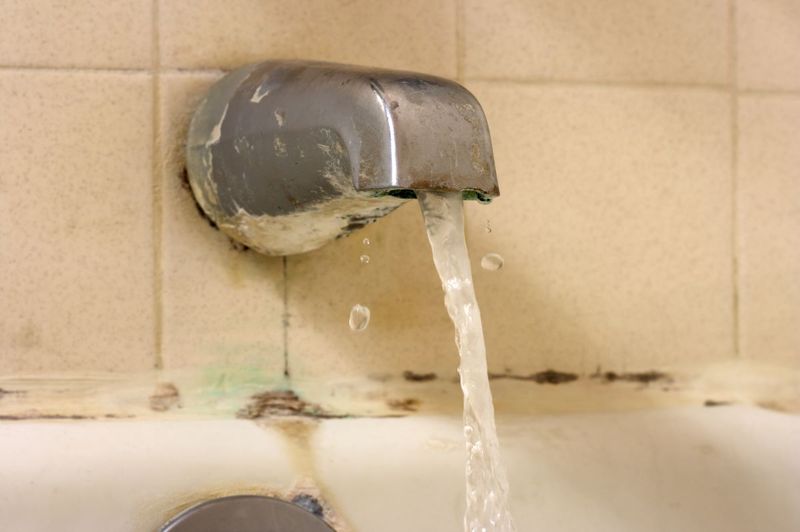
The large surface area of a combo unit turns into a showcase for hard water stains and mineral deposits. Those white or greenish marks appear on every surface, from the tub bottom to the walls and fixtures.
Removing these stubborn stains requires specialty cleaners and serious elbow grease. In areas with particularly hard water, you might find yourself fighting a losing battle against these deposits.
The constant cleaning required to keep your combo looking decent becomes a major time sink in your weekly routine.
11. Temperature Tango
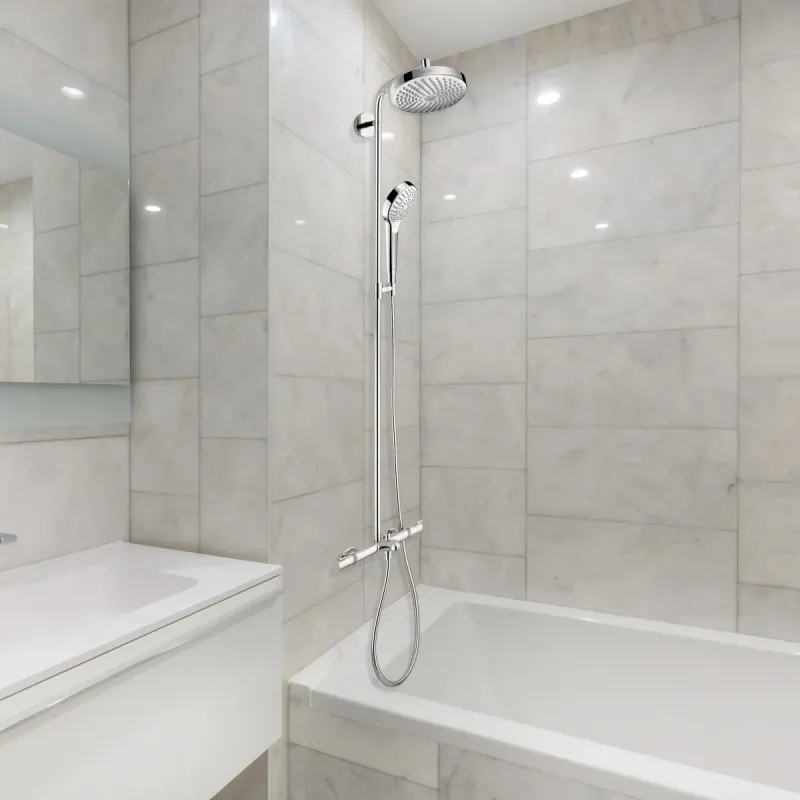
The plumbing setup for combo units often leads to temperature fluctuations mid-shower. Someone flushes a toilet, and suddenly you’re doing the hot-cold dance to avoid being scalded or frozen.
The shared plumbing system makes maintaining consistent water temperature challenging. Many combo units have older valve systems that don’t include pressure-balancing features found in modern dedicated showers.
Your relaxing shower turns into a temperature guessing game that keeps you constantly adjusting the knobs.
12. Grimy Grout Grief
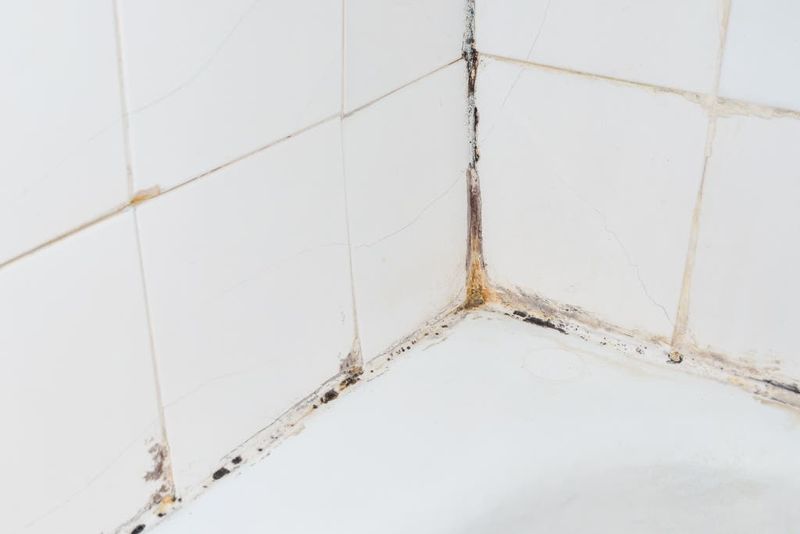
The tile surrounding your combo unit features miles of grout lines that gradually turn from white to gray to black. No matter how much you scrub, that grout never looks truly clean again after the first few months.
Water constantly splashing on these porous surfaces creates a cleaning nightmare. Grout sealer helps temporarily but requires regular reapplication.
You’ll find yourself on hands and knees with a toothbrush, wondering why you didn’t opt for a one-piece shower surround instead of this grout-intensive design.
13. Door Dilemmas
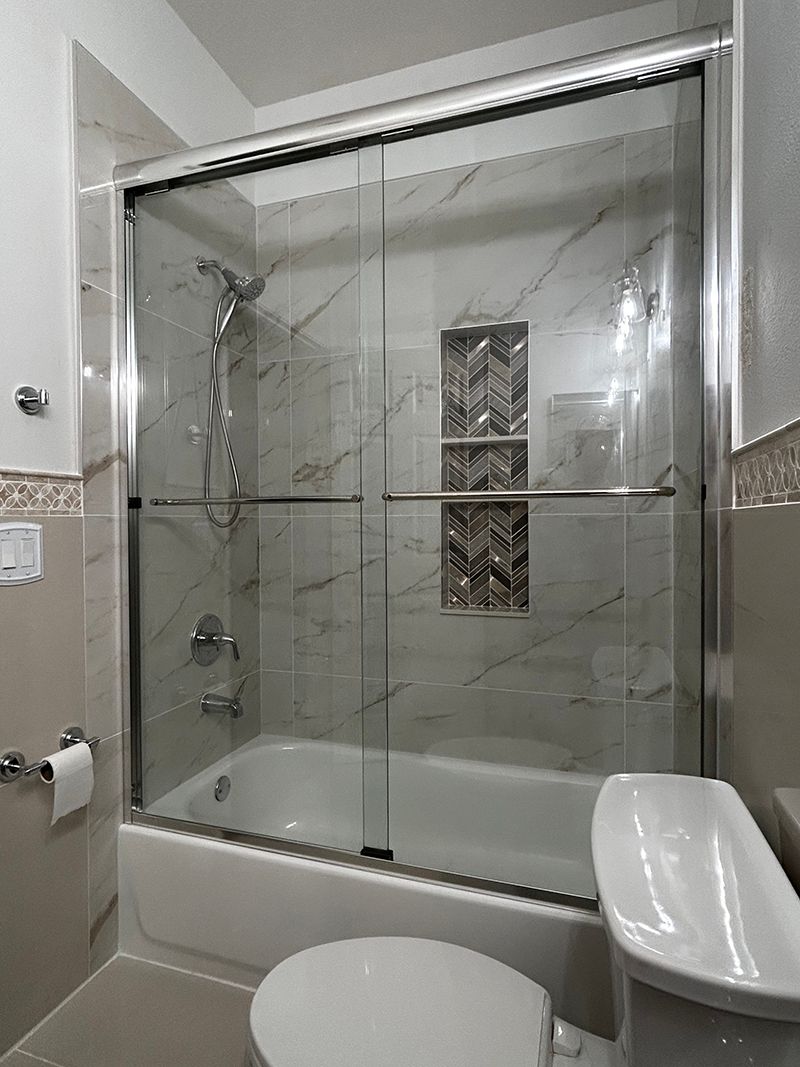
If your combo has sliding glass doors instead of a curtain, congratulations on your new part-time job as a door track cleaner! Those tracks collect hair, soap scum, and mysterious gunk that defies identification.
The doors themselves streak constantly and require frequent cleaning on both sides. Sliding mechanisms eventually stick or jump tracks, making that horrible scraping noise.
When the rollers wear out, you’re faced with the joyful task of replacing the entire door assembly.
14. The Remodeling Roadblock
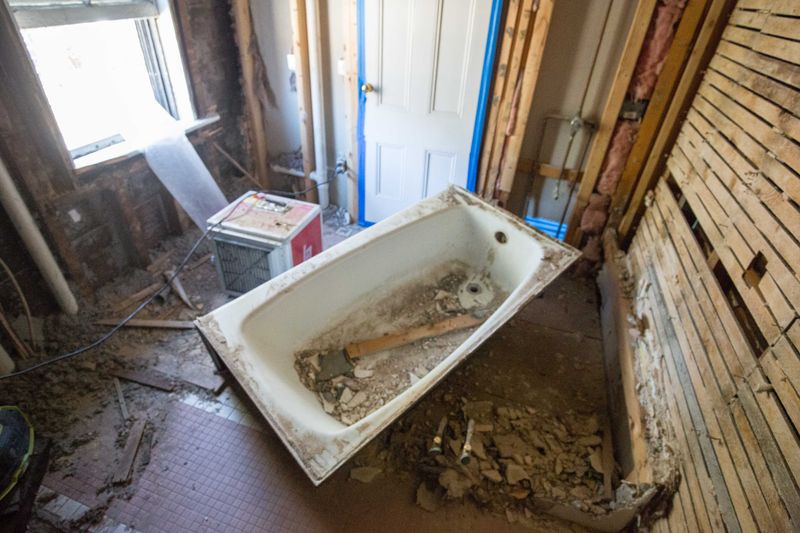
When you finally decide to upgrade your bathroom, that combo unit becomes a major hurdle. Removing it often reveals water damage or requires wall repairs, turning your simple update into a major renovation.
The standard size and configuration limit your design options. Most contractors groan when they see a combo that needs removal because they know what complications likely lurk beneath.
What started as a straightforward bathroom refresh suddenly involves plumbing relocations and subfloor repairs.
15. Resale Value Reality
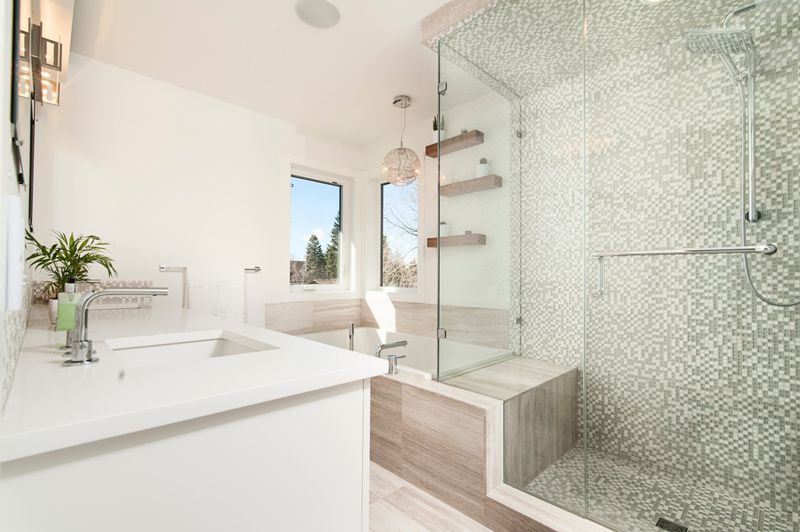
Today’s homebuyers often view shower-tub combos as outdated features that scream “renovation needed.” In real estate listings, dedicated walk-in showers or separate tubs command more attention and higher prices.
This perception can impact your home’s value when selling. What seemed practical when you bought the house might now be seen as a dated fixture by potential buyers.
Real estate agents frequently cite bathroom upgrades as high-return investments precisely because buyers want modern shower solutions instead of these hybrid units.

